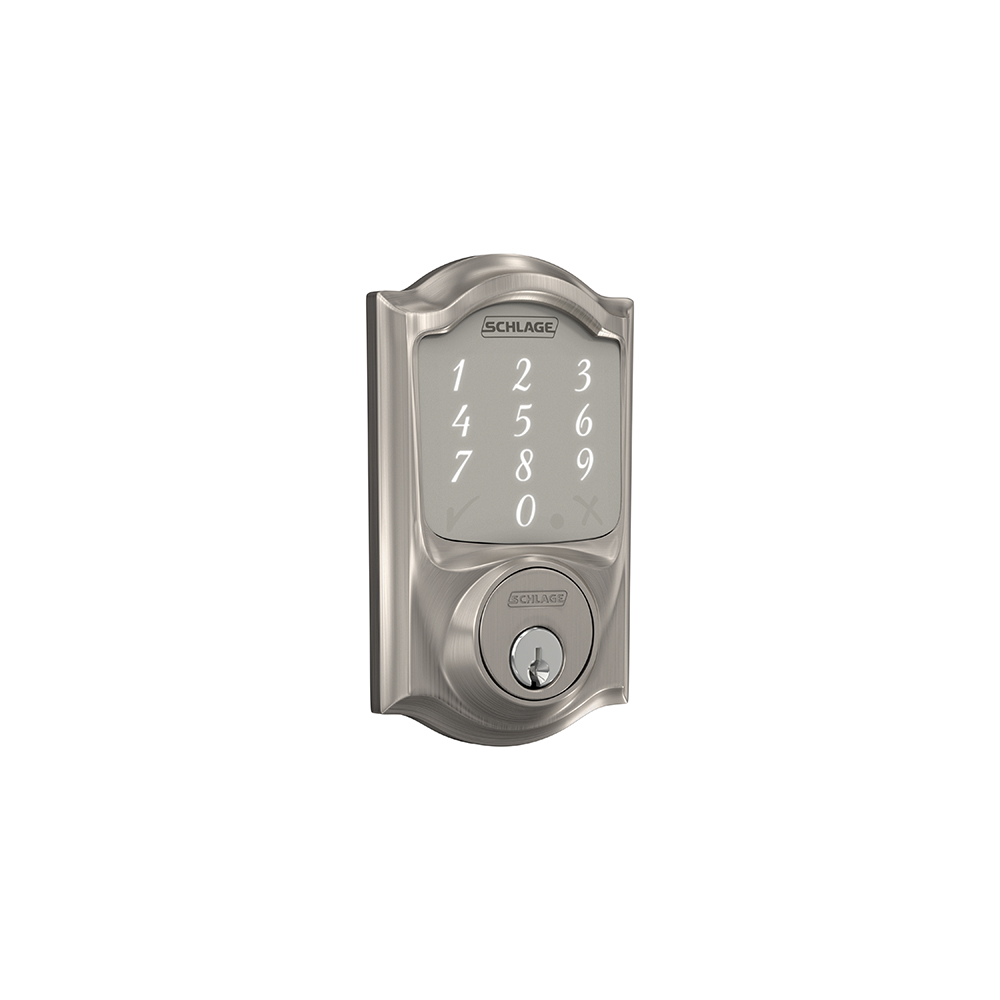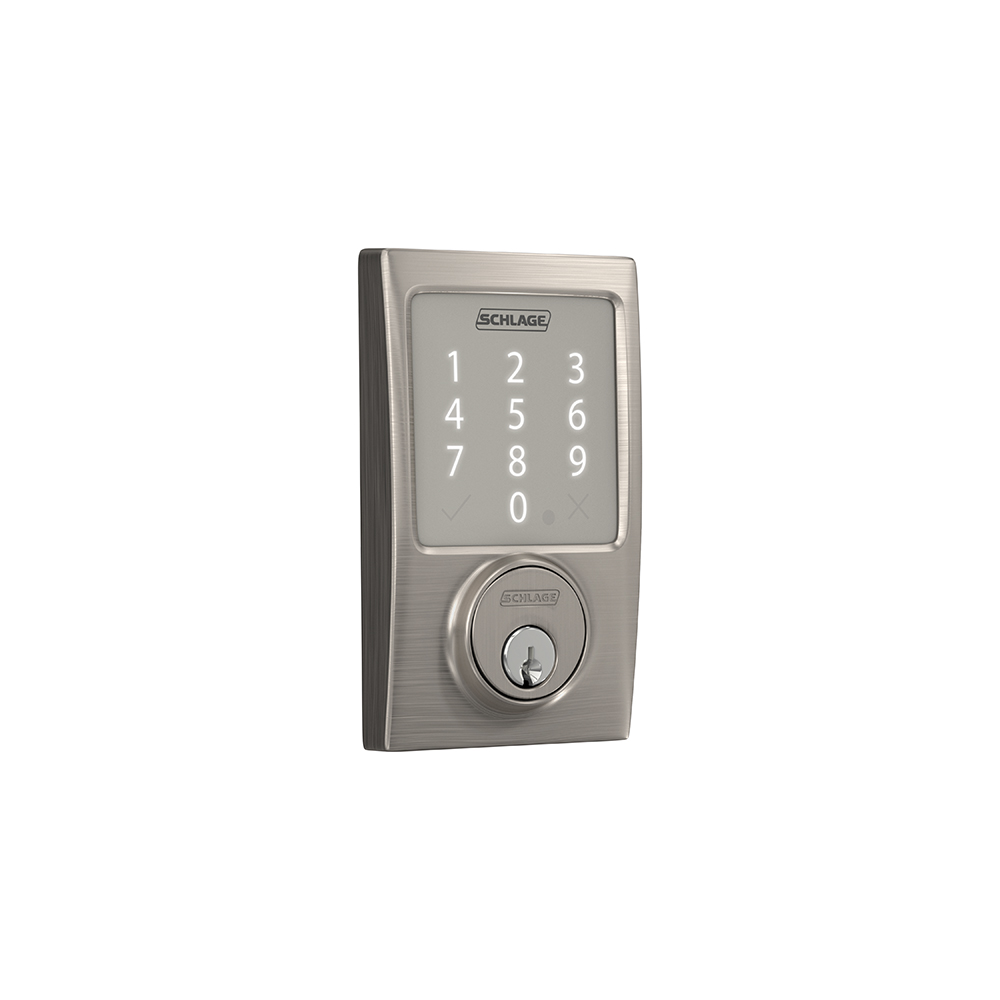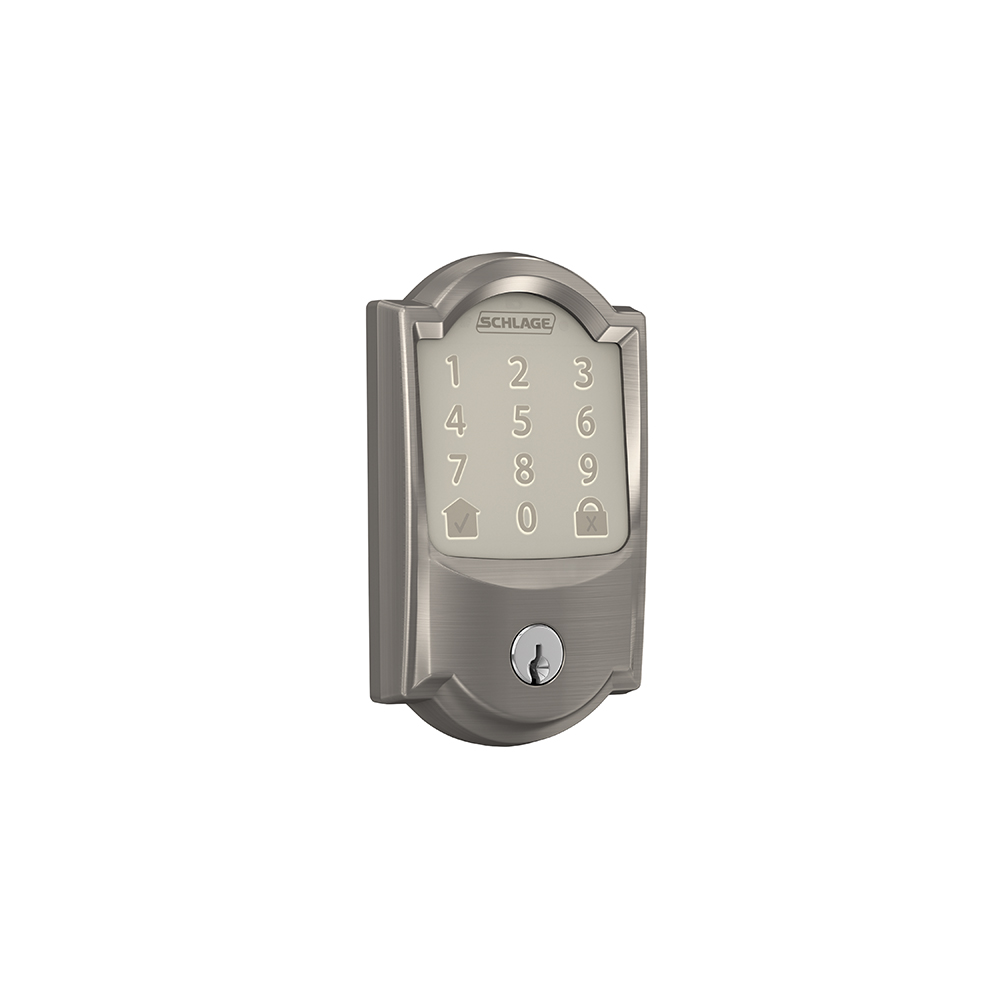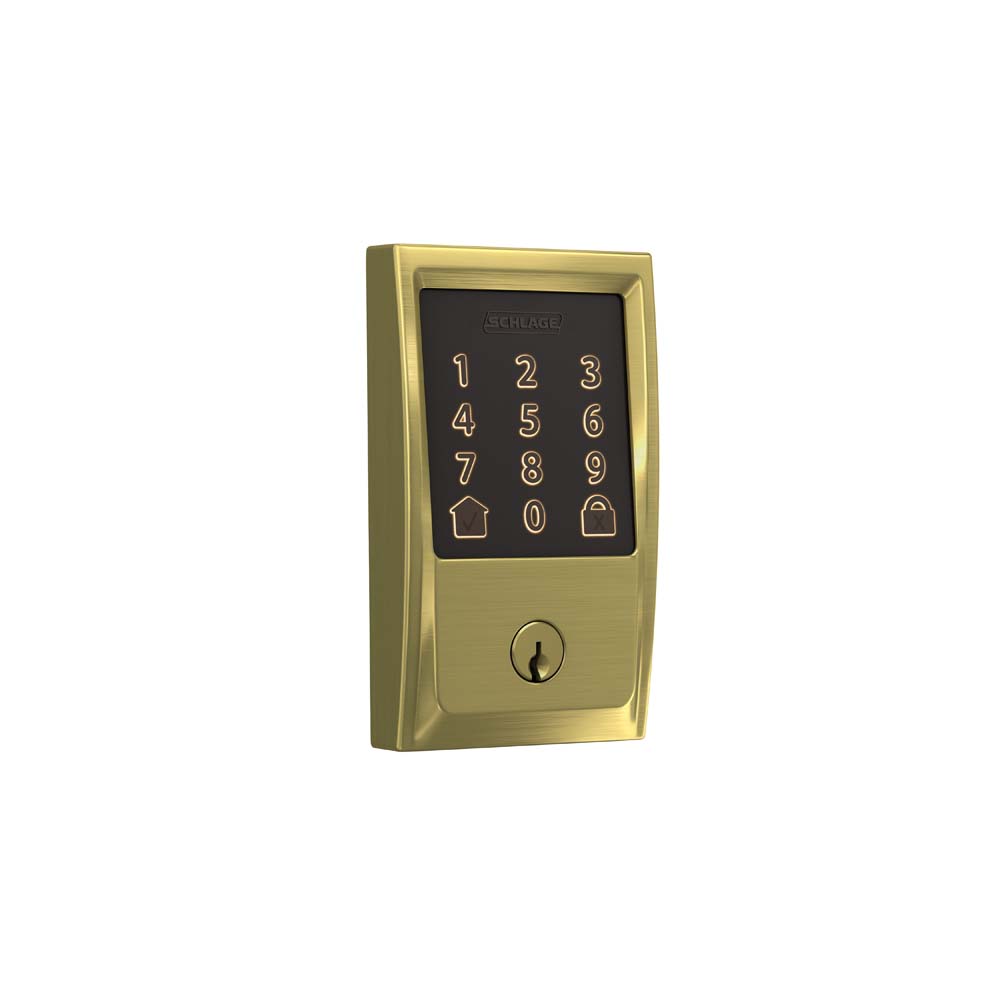Unsafe home décor trends we’re glad are history.
Wednesday, March 16, 2022
Brilliant new innovations, if not tested properly, can sometimes have unintended consequences. What we thought was good for our wellbeing can turn out to be otherwise as we gain knowledge and understanding.
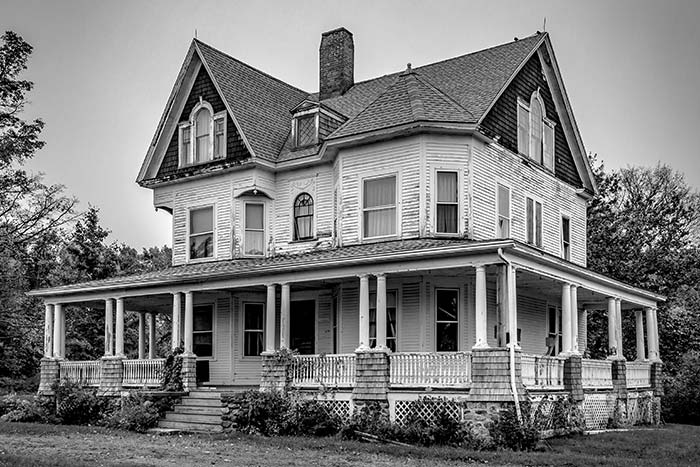
Home décor that was definitely dangerous
Paint
Lead paint is the most well-known danger when it comes to painting in general. Before about 1980, it was the preferred paint for homes because of its quick drying time and durability. It will eventually break down, though, and ingesting the paint chips or inhaling the dust and vapors can cause lead poisoning, harm our nervous systems and prove fatal.
Although lead paint is now banned in the U.S., it is still present in older homes. Before starting a DIY painting project, test for lead, then take the appropriate steps for safe removal.
Green paint, while equally dangerous at one time, is thankfully less of a current-day concern. In the mid-1700s, nearly anything with a green color was, in fact, a health risk. In addition to paint, we’re talking dyes, wallpaper, book covers, even green tea. In most of these cases, the green coloring came from arsenic, making that green baby rattle particularly unsettling.
Asbestos
Manufacturing asbestos became quite popular during the Industrial Revolution for its resistance to extreme heat and as a flame retardant. Unfortunately, we found out a bit too late the negative effects it can have on our health. It’s known to cause cancer and has been linked to several other diseases. Like lead paint, if you’re doing any demolition in an older home, test for asbestos and take precautions to avoid inhaling harmful deposits.
Window cribs
This one is so absurd that you almost have to laugh … and then go hug your children. In the late 1800s, it was considered a good idea to expose infants to cold temperatures, believing it would strengthen their immune systems. So, strangely, people responded by putting their babies in window cribs, metal cages that hung over the outside ledge like a window-unit air conditioner.
Victorian toilets
The Victorians were a wildly inventive generation. Among their innovations was indoor plumbing, a huge step toward improved sanitation practices, particularly in crowded cities. Much to everyone’s dismay, however, they didn’t get it quite right the first time around. This resulted in more than a few exploding commodes. It seems that the natural gasses from human waste could build up and then be released back into the house. Ignited by a candle flame, these gasses were clearly dangerous.
Heavy furniture and upholstery
The Victorians were also big fans of heavy, ornate wood furniture and equally heavy upholstery. Because drafts from windows could spell disaster with the newly introduced gas lighting, heavy drapes were preferred for safety reasons. The risk, though, was that they were hard to clean. Dust, which contained all manner of bacteria and disgustingness, collected in the nooks and crannies, and vacuuming curtains just wasn’t done. The style eventually gave way to simpler, more modest furnishings that were also easier to clean.
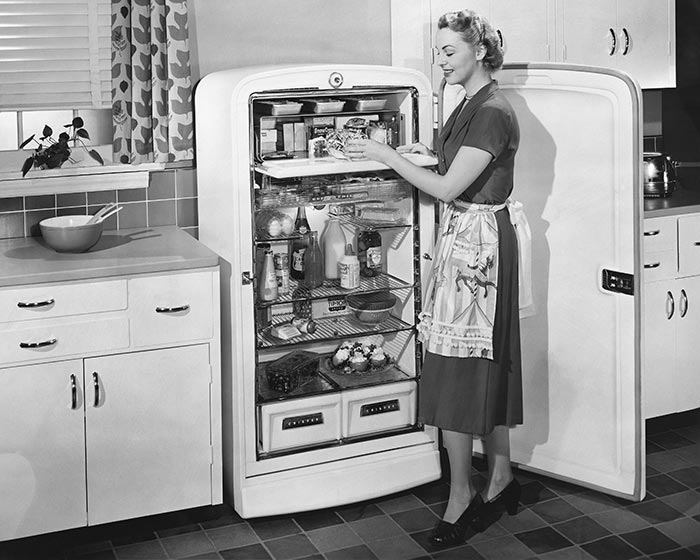
Household innovations we got half right
Refrigerators
Refrigeration did wonders for dietary health and food sanitation. Food spoiled less quickly and fresh ingredients no longer had to be purchased daily. The first step was the ice box. Unfortunately, early deliveries were often blocks of ice taken from ponds. As the ice thawed, the home cook would find tadpoles, fish and other wildlife in her kitchen.
Electric refrigeration removed the risk of aquatic critters, but the first fridges weren’t without their hiccups. They were prone to leaking toxic and potentially fatal gasses such as ammonia, methyl chloride and sulfur dioxide. Clearly, refrigeration continues to keep our food good for longer today, thankfully without noxious fumes … and frogs.
White tile and linoleum
In hospitals, sanatoria and eventually homes, white subway tile and linoleum were thought to be healthier than other materials. In truth, their light color just made it easier to see dirt and grime, so you knew when you needed to clean. Plus, because they’re not porous, cleaning was a breeze. So while white tile doesn’t inherently offer health benefits, it does have its benefits.
Fresh air
It’s only relatively recently that we’ve begun to understand the spread of germs. In the 1800s, it was believed that cholera pandemics were a result of “bad air.” To prevent the disease’s spread and to treat it, public health officials promoted plenty of fresh air. Windows, then, needed to provide better ventilation and natural light. It was also that belief that prompted renowned landscape architect Frederick Law Olmsted to design New York’s Central Park. According to Architectural Digest, the famous park and many others were created to give packed-in city dwellers an open and healthful green escape.
Cholera, it turns out, is spread through contaminated water. The fresh air had no effect on that particular disease, but it does help with others like tuberculosis. This understanding gave rise to sleeping porches, still popular in some warmer regions.
As our medical knowledge expands, we get a better idea of what it means to keep our houses and families safe. Read Schlage’s tips for keeping a healthy home.





